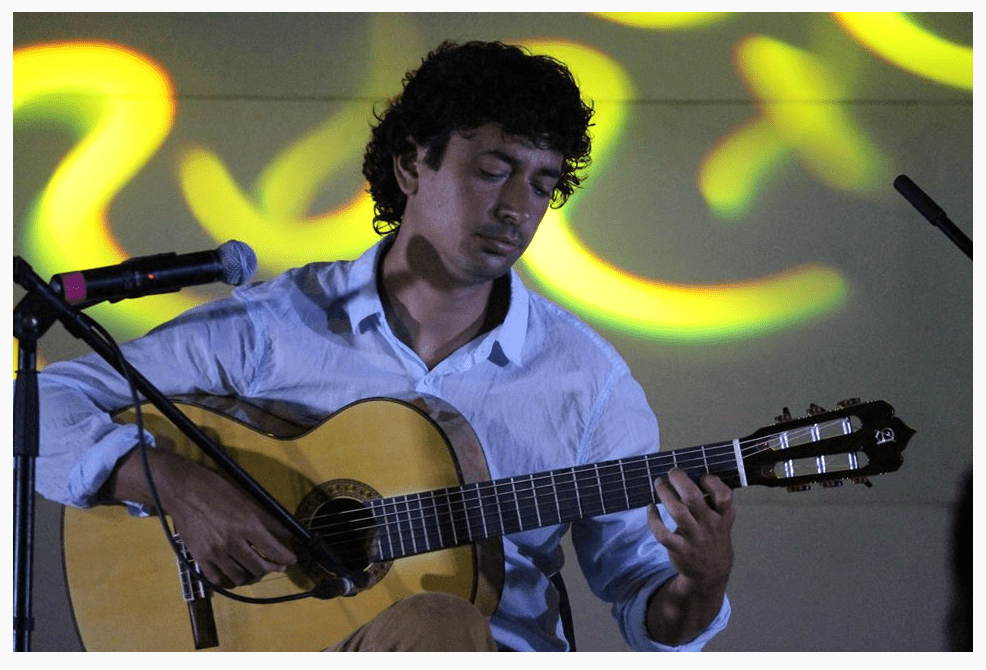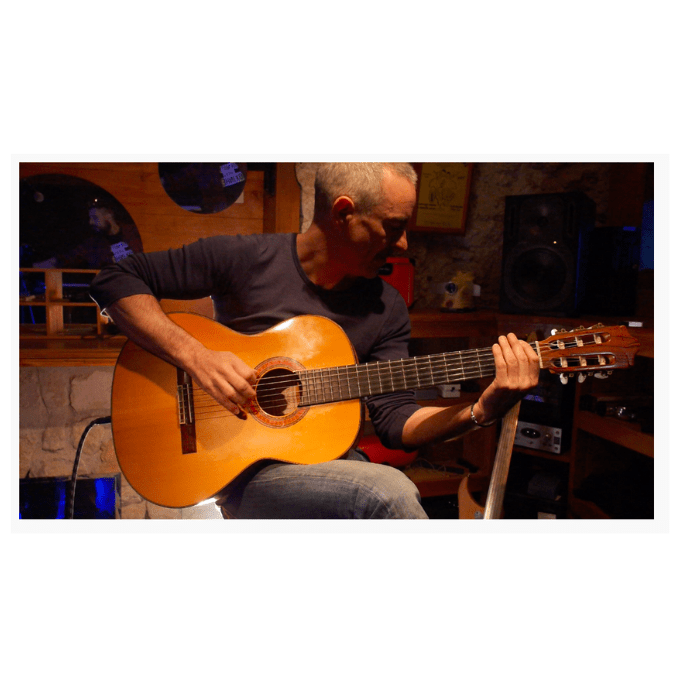The Spanish guitar: A country's cultural icon
Expert researchers on the subject date its origin to the Middle Ages, as a result of the clash between Christian and Muslim cultures. Since then, playing the guitar began to be a tradition in popular festivals and dances, but it wasn't until the 16th century that a fifth string was added. Over the years, it gained popularity, eventually displacing other more elitist instruments of its time, such as the vihuela.
The publication of the Spanish Guitar of five orders, which introduces tempering and strumming in 1596, by the Catalan Joan Carles Amat was what truly gave it the name of "Spanish guitar" that we know today, popularizing its use and recognition throughout Europe. It was already in the 16th and 17th centuries that the guitar was first used as a guitar. 18th-19th centuries, when the sixth string was added, it acquired its current appearance and became accepted as a concert instrument throughout Europe, a recognition for which the classical guitar had been fighting for a long time. Finally, it was in the last century when it reached its maximum splendor and recognition by experts in the field and its interpretation became standard. It was in the 20th century when some of the most important composers and interpreters in history appeared, such as the maestro André s Segovia. To this day, that unique feeling that invades us when listening to guitar music is recognized throughout the world.












